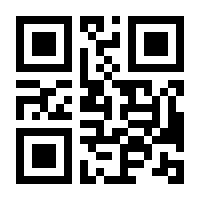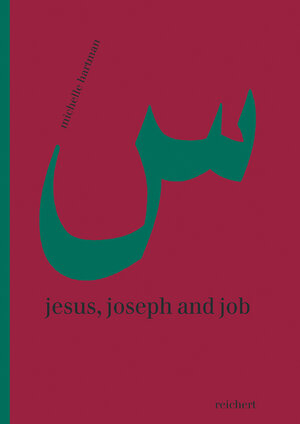Jesus, Joseph and Job
Reading Rescriptings of Religious Figures in Lebanese Women’s Fiction
von Michelle HartmanJoseph, Jesus and Job are all immediately recognizable religious figures in both Christianity and Islam who have been incorporated into a range of artistic and literary projects both inside and outside the Arab world. This book examines how three Lebanese women authors borrow and use these religious figures within their works of creative fiction: Huda Barakat re-casts the Qur’anic Yusuf in 1980s Lebanon during the Civil War and rewrites his relationship with Zulaykha in Hajar al-dahik, Jesus appears in the guise of a Lebanese peasant called Hamad in Najwa Barakat’s novel told through four ‘tales’, Hayat wa alam Hamad ibn Silana, and Andrée Chedid reclaims an individual voice, story and life for her work’s title character in La femme de Job. The book argues that through the use of religious figures in secular works, authors draw on the imaginative power that the sacred texts hold in the public imagination in order to strengthen and solidify textual messages.
This study proposes that the social, political and literary contributions of these works are interlinked and that their messages emerge through their innovations and artistry as creative works. Some of the issues engaged in these novels that are discussed in the book include: equality between the sexes, relationships between men and women, challenging fixed and rigid gender identities, questioning confessional and religious loyalties, and working against violence and war.
Joseph, Jesus and Job: Reading Rescriptings of Religious Figures in Lebanese Women’s Fiction uses the dual critical frameworks of intertextuality and post colonial feminist theory in order to develop a reading method through which to understand these texts and together with and in relation to a series of contexts. The question of how to define and categorize literary works and the usefulness of this is explored through a discussion of each works’ multiple contexts - are these Arabic, French, and/or francophone novels? Should they be understood as Arab, Lebanese, and/or Third World texts? As women’s literature? All of the works treated in this study are placed in dialogue with a number of other literary works both within Lebanon and beyond it. The book therefore contributes to discussions and debates both within and outside the field of Near Eastern, and specifically Arab, literary studies.






